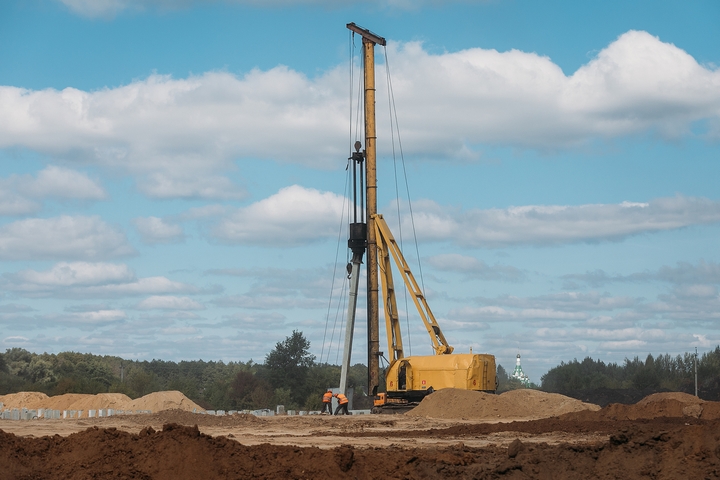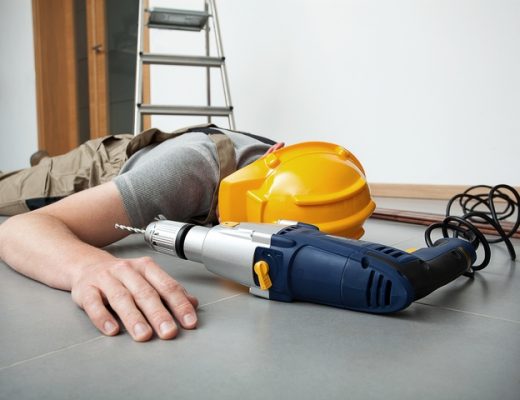A pile foundation is a long cylinder filled with strong material like concrete, timber, or steel, which is pushed into the ground to provide steady support for structures. Pile foundations can handle higher loads compared to spread footings.
A foundation qualifies as piled when the depth is more than three times the breadth. Pile foundations are typically used for large structures where the soil is not capable of resisting excessive settlement or uplift.
The following are seven types of pile driver parts and foundations used in construction:
1. Sheet Piles
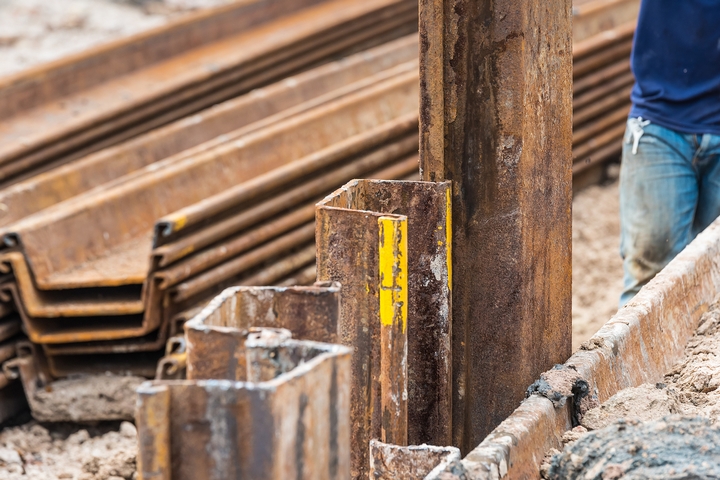
These type of pile driver parts are mainly used for lateral support. They resist the lateral pressure from the flow of water and loose soil. This type of pile driving equipment is commonly used for shore protection, trench sheeting, and cofferdams.
Sheet piles are used for the construction of retaining walls, confinement of soil, isolation of foundation from adjacent soils, protection of riverbank erosion, and retaining loose soil around foundation trenches.
2. Load-Bearing Piles

Load-bearing piles are mainly used to transfer vertical loads from a structure to the soil. They transmit the loads through a layer of soil with poor supporting properties onto one capable of bearing it.
3. End-bearing Piles
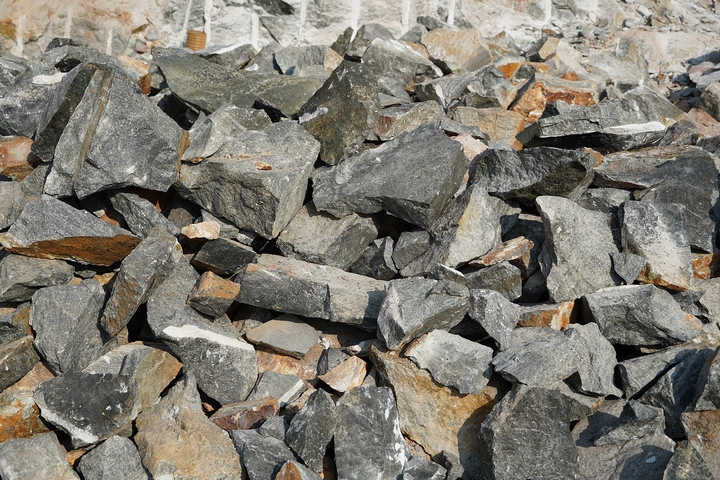
In end-bearing piles, the load passes through the lower tip. Usually, the pile rests on the transition layer of a strong and weak layer, but in this case, the bottom part of the pile is placed on a strong layer of rock or soil.
As a result, it acts as a column and safely transfers loads to the strong layer. The total capacity of an end-bearing pile is calculated by multiplying its tip area and the bearing capacity of the soil depth at which it rests. The pile’s diameter also has to be calculated for safety reasons.
4. Friction Piles
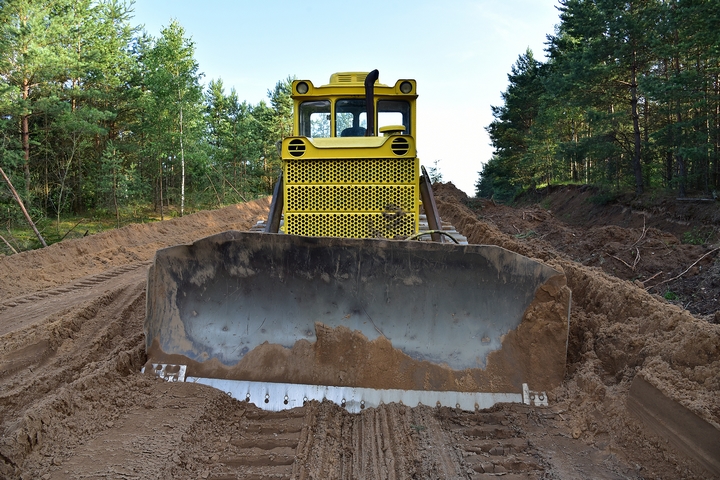
A friction pile transfers loads from a structure to the soil using frictional force between the soil surrounding the pile and its surface. Depending on the structure of the soil, friction can develop either on the entire length or within a specific length of the pile. The capacity of the pile is calculated by multiplying the surface area and the friction force per unit area.
Skin friction should be carefully evaluated when designing this pile foundation. To expand the capacity of a friction pile, increase the depth, pile diameter, or number of piles. Make its surface rough as well.
5. Timber Piles
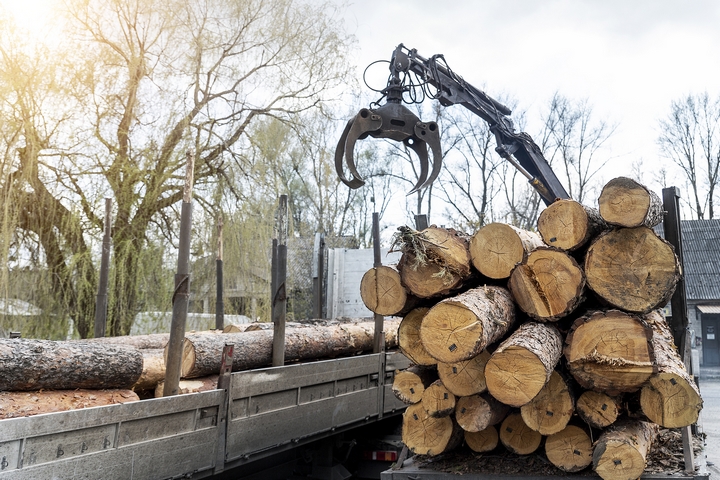
Timber pile foundations are usually placed under the water level. They can be circular or rectangular, and last for approximately 30 years. Their diameter or size varies from 12 to 16 inches. Its length is usually 20 times the top width. These foundations are designed to handle 15 to 20 tons. For additional strength, fish plates are bolted to the side of the pile.
Timber piles are easy to install, economical, easily available, and have a low possibility of damage. They can also be cut at any length after they’re installed or pulled out if necessary.
The disadvantage of using timber piles is that obtaining straight ones can be difficult if the length is short. Since longer lengths aren’t always available, special measures have to be put in place to ensure durability.
6. Pre-cast Concrete Pile
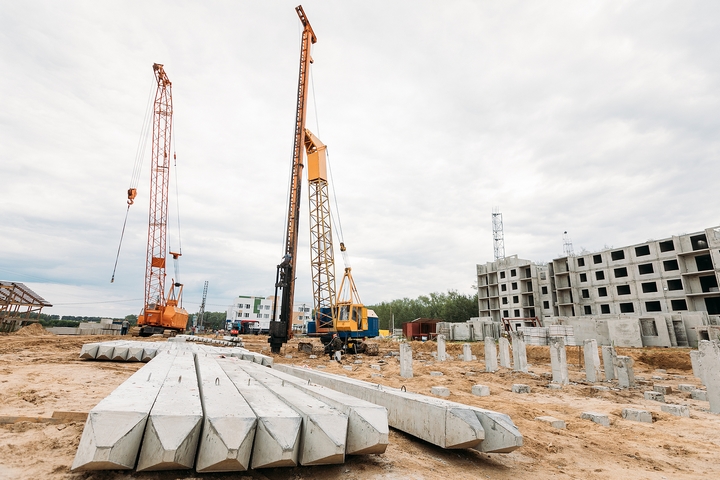
To prevent breakage when moving a pre-cast concrete pile from a casting bed to where the foundation is located, the piles are reinforced with steel. Once they are cast, curing is performed as per specifications in a factory setting.
The typical curing period of pre-cast concrete piles is 21 to 28 days. Some of the benefits of this type of pile foundation include high resistance to biological and chemical cracks. Besides, the quality of a pile can be controlled and driven underwater. One can also install a pipe along the centre to facilitate driving.
Pre-cast concrete piles have their fair share of disadvantages. They’re difficult to mobilize, require expensive and heavy equipment to drive, and can cause delays. They can also get damaged or break during handling and transportation.
7. Cast-in-Place Concrete Piles
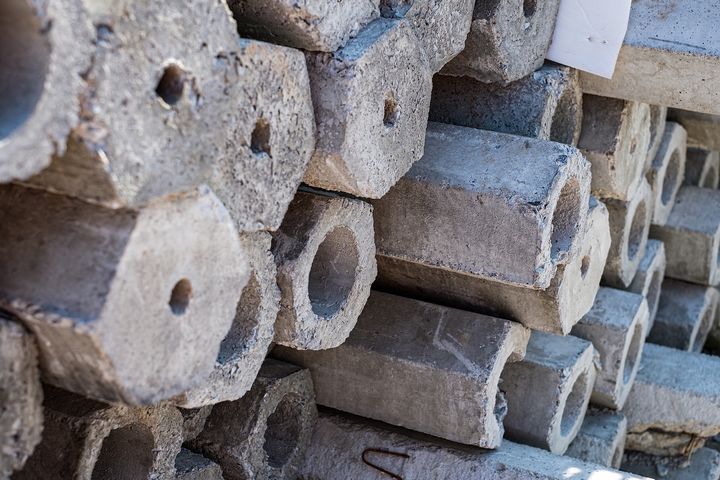
This pile foundation is constructed by boring holes in the soil to the desired depth. Next, freshly mixed concrete is deposited and left to cure at the site. There are two techniques used to do this. The first involves driving a metallic shell into the ground, filling it with concrete, and leaving the shell with concrete. The second involves pulling it out as the concrete is poured.
Advantages of cast-in-place concrete piles include the fact that the shells are easy to handle since they’re light. They can also be assembled on site and can’t break during installation. Further, no excess reinforcement is required, and additional piles can be supplied on demand.
Cast-in-place concrete pile foundations are not without disadvantages either. Careful supervision and quality control are required during installation. Where underground water flow is heavy, they can be difficult to construct. The bottom part of the pile may not be symmetrical, and the materials used for construction require sufficient storage space.

